
Eames Designs are Displayed to Inspire
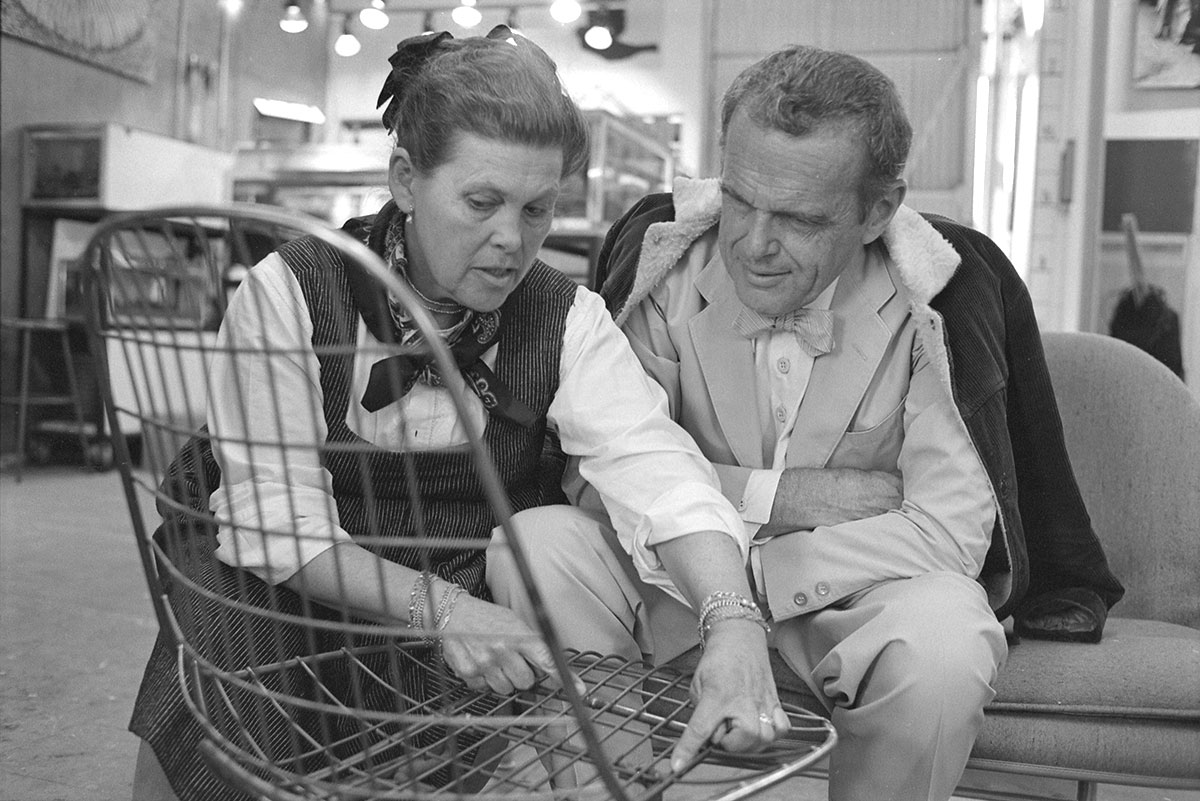 |
To Ray and Charles Eames, design was never about a single project. More than a series of stand-alone products, their chairs, shelving, and other furnishings formed a system, a way of living, produced to be affordable yet elegant.
The goal of the newly formed Eames Institute of Infinite Curiosity, which is housed in a sprawling, modern ranch on the outskirts of Petaluma, is to explore their process of design and creation in the hopes that future designers can learn.
Ray and Charles, who worked together from the early 1940s, after they met at Cranbrook Academy, the legendary arts school, till Charles died in 1978, produced much in many media beyond their most famous productions, molded fiberglass chairs and Eames loungers.
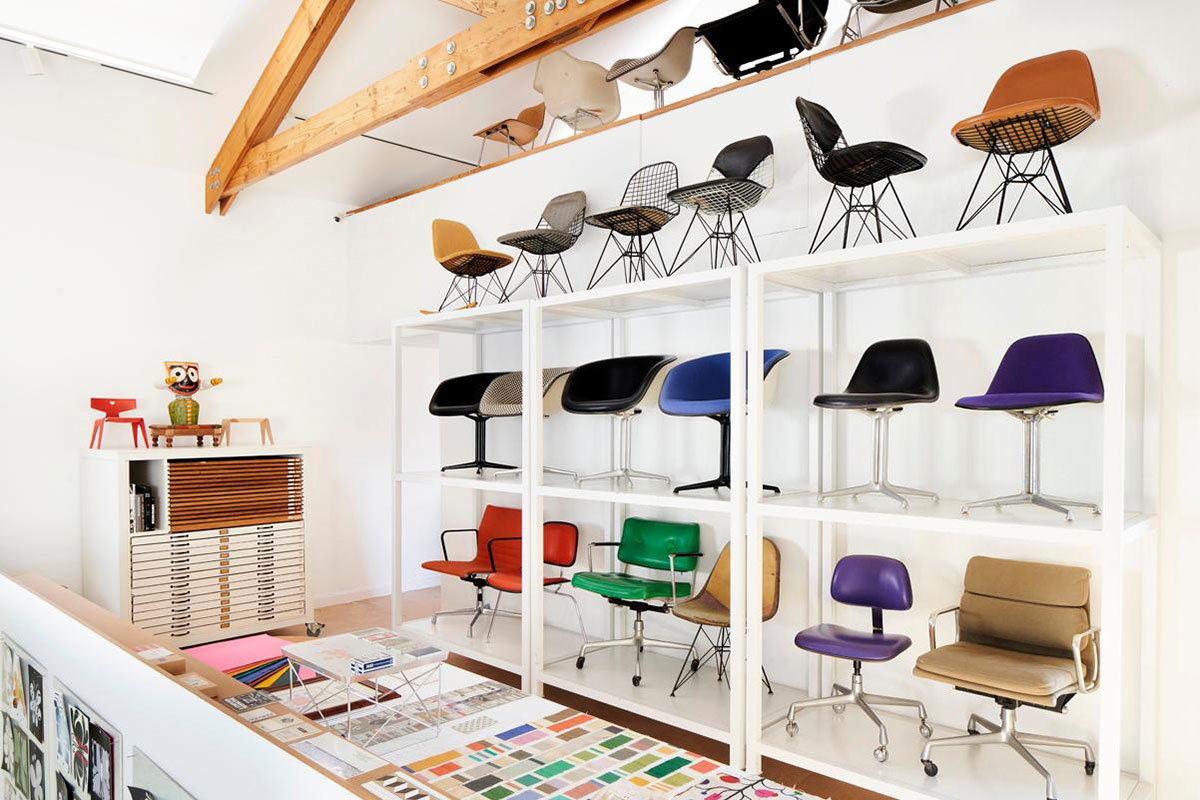 |
Perhaps the Eameses' work in film best encapsulates their holistic attitude. Consider their short 1977 film, ‘Powers of Ten,’ which takes viewers from a picnic scene on up until we are viewing a landscape, the planet, the cosmos, and then a minuscule quark.
The Eameses, who worked out of a studio in Venice and built themselves an iconic house designed as part of the Los Angeles Case Study House program, had varied design backgrounds, and childhoods touched by tragedy – as shown in one of three illuminating online 'exhibits' that kick off the intitute’s programming.
Charles, from St. Louis, was son of a Pinkerton detective who never fully recovered after being shot by train robbers. To help support the family, Charles began working for a printer at age 10.
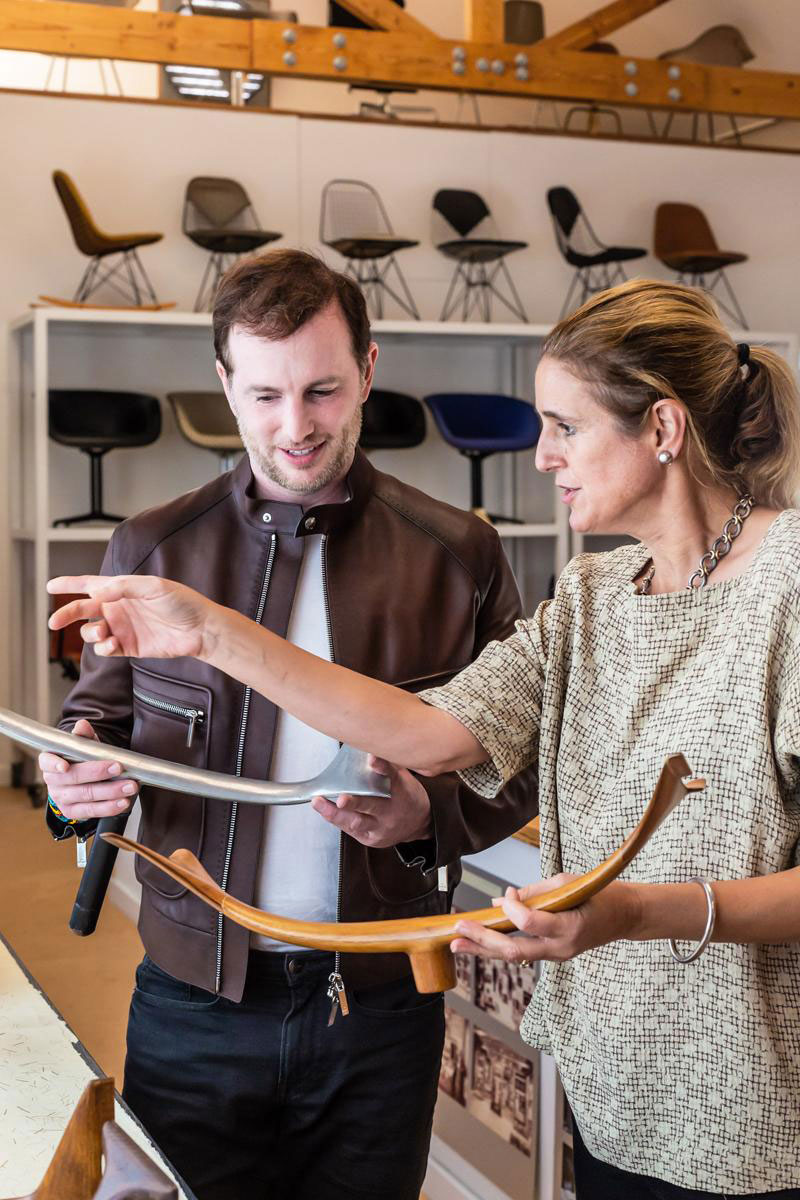 |
Later, studying architecture at college, he was kicked out for preferring Frank Lloyd Wright to the Beaux Arts tradition then in fashion.
Ray Kaiser, who suffered from the death of an older sister, was captivated by the vaudeville acts she enjoyed in a theater run by her dad. In New York she studied at the Art Students League with the legendary abstractionist Hans Hofmann.
Ray was very much a collector. Undoubtedly the extensive collection can be attributed to her tendency to carefully file away objects and papers. “While the files, films, and photographs went to the Library of Congress, a vast majority of items have been cared for by the family and now form the basis of the Eames Collection,” the institute states.
Even before the collection opens to the public at the ranch, much of the collection can be perused online.
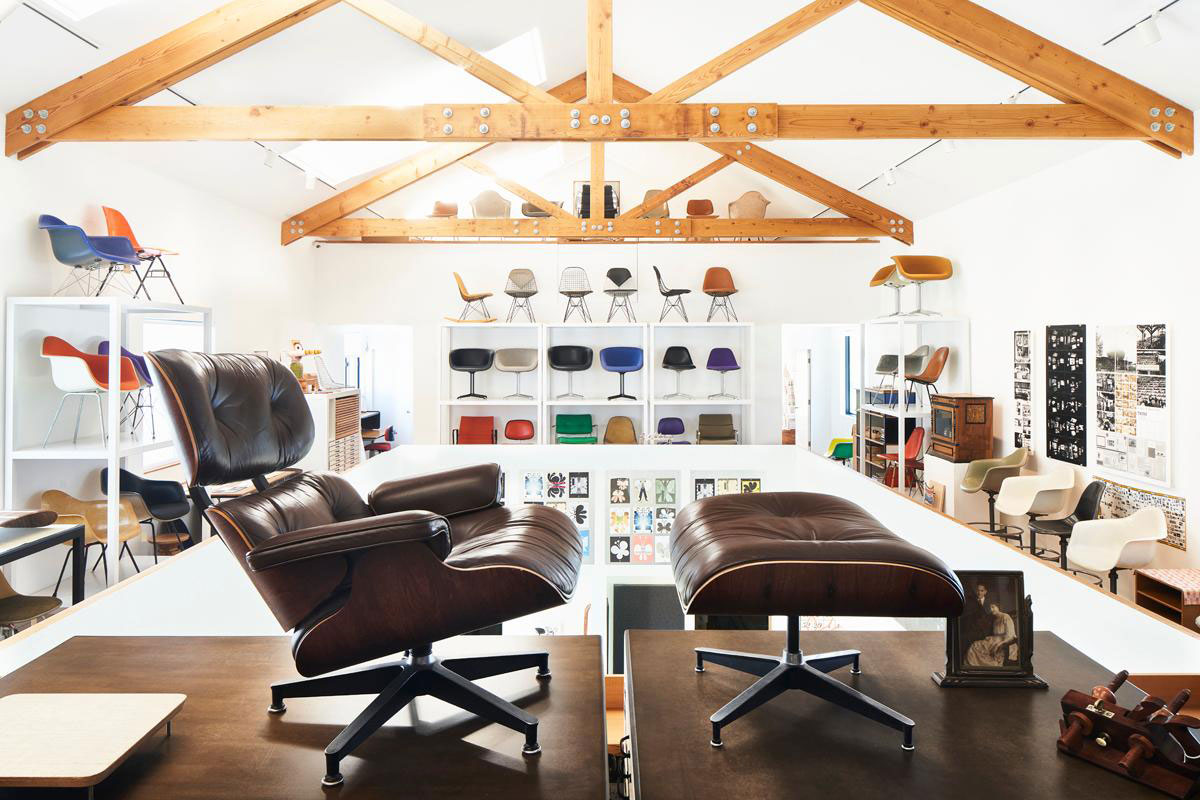 |
We see childhood photos and multi-generational family photos. Chairs? You can see prototypes, early versions, later versions, variants: a ‘Paper Study for Side Shell,’ a ‘Handmade Fiberglass Study for Side Shell,’ and much more.
Indeed, the online exhibit ‘Form Follows Formulation’ suggests a lot about the process of Eames design. Did you know, for example, that it took 12 years from concept to actually produce a marketable fiberglass shell chair in 1952?
“The Eames Shell Chair has become one of the most recognizable design icons of the 20th century, but its present-day ubiquity belies its circuitous origins and radical premise,” the exhibit states.
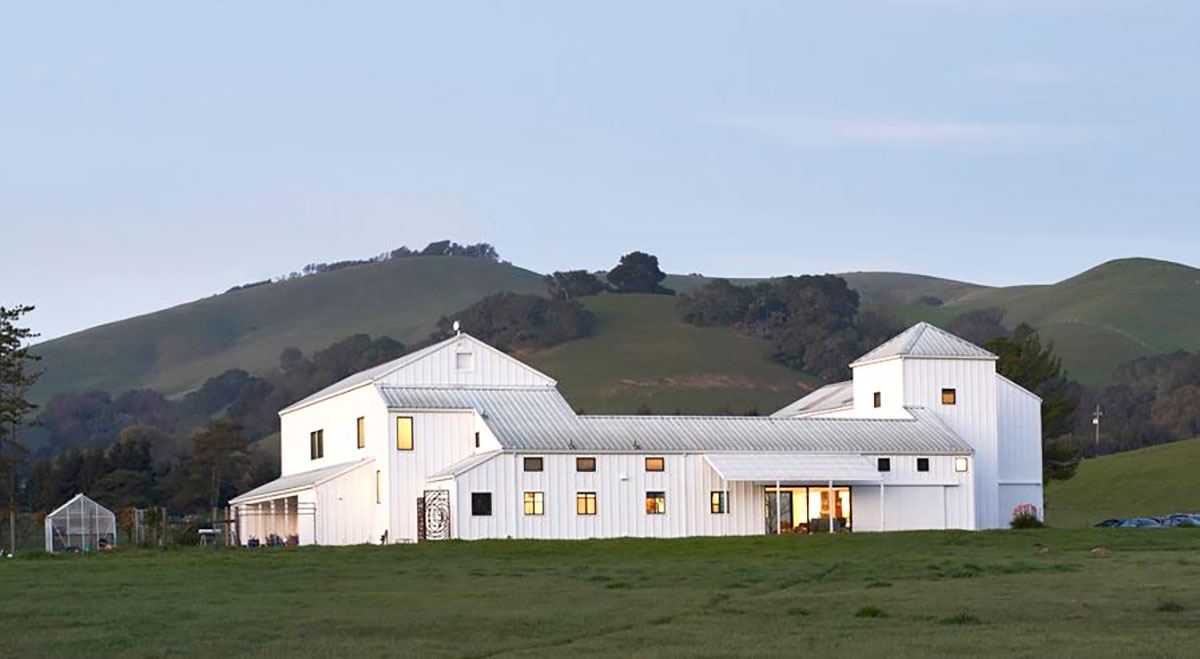 |
The Eameses wrote about the chairs: “The form of these chairs is not new nor is the philosophy of seating embodied in them new -- but they have been designed to be produced by existing mass-production methods at prices that make mass production feasible and in a manner that makes a consistent high quality possible.”
The Eameses were manufacturers as well as designers, originally making the chairs from aluminum, which involved pounding the metal with 250-pound drop hammers in the couple's Venice shop.
“The molds usually broke after about three uses, and it took around four drops to successfully mold each shape,” the exhibit states.
“Working with a Los Angeles-based company called Zenith Plastics, the Eames Office devised a method that allowed them to make complex, three-dimensionally-formed shells with smooth surfaces in a minimum of working steps,” the exhibit continues.
Just as Joe Eichler turned architect-designed modern homes into products for the mass market, the Eameses always aimed to make fine modern furnishings that were affordable and for everyday use.
- ‹ previous
- 157 of 677
- next ›



